Let me share my family's cherished Sotanghon Guisado recipe with you. Back when I was a kid, nothing made me happier than walking into our kitchen to find my Lola Norma stirring a big pot of these glass noodles. The way she turned simple ingredients like sotanghon, chicken, and vegetables into something delicious always amazed me. It took me years of practice (and plenty of mushy noodle disasters) to finally get it right, but now I'm excited to share this foolproof version with you.
I've made this recipe as simple as possible, perfect whether you're a beginner cook or just missing the taste of home. Once you master these clear, chewy noodles coated in that beautiful orange-red sauce, you'll find yourself making this again and again. It's exactly what you need for your next family gathering or when you're craving real Filipino comfort food. The best part? You probably have most of these ingredients in your kitchen right now.
Cultural Notes
Sotanghon Guisado is often served at Filipino celebrations and gatherings, symbolizing long life and prosperity. It's a perfect example of Chinese influence on Filipino cuisine, demonstrating the rich cultural heritage of Philippine cooking.
Jump to:
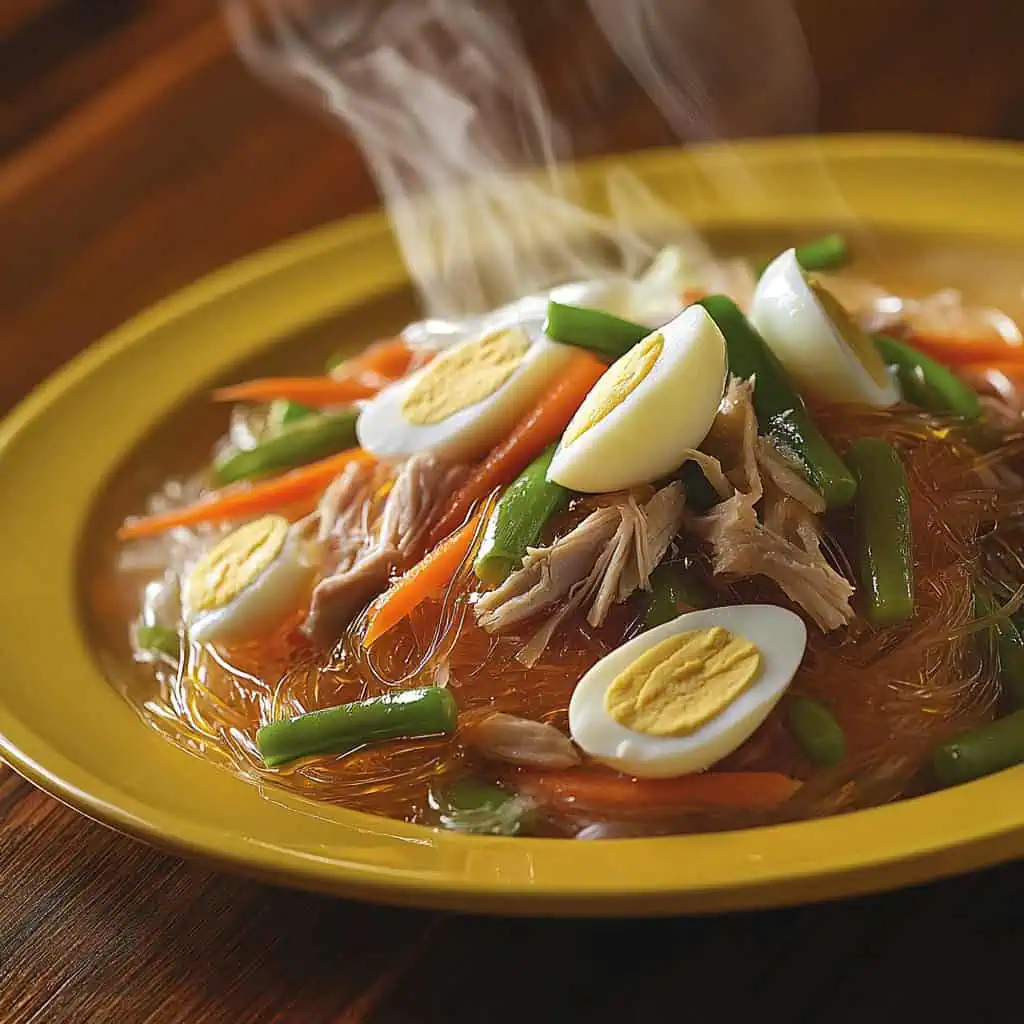
Why You'll Love This Recipe
- Perfect balance of textures: springy noodles, tender meat, and crisp vegetables
- Versatile: works great with chicken, pork, or shrimp
- Make-ahead friendly: tastes even better the next day
- Budget-friendly: uses simple, accessible ingredients
- Customizable: easy to adjust to your taste preferences
- Great for parties: can be made in large batches
Ingredients
These ingredients create the perfect balance that makes Sotanghon Guisado so beloved. Glass noodles form the heart of the dish, absorbing the rich flavors while maintaining their signature chewy texture. Chicken, pork, or shrimp add protein and depth, while the vegetable trio of cabbage, carrots, and beans provides color, crunch, and nutrition.
The magic happens in the sauce—soy sauce delivers umami, chicken broth adds richness, and atsuete oil creates that distinctive orange-red color that makes this dish instantly recognizable. Fish sauce rounds everything out with a subtle salty finish that can't be replicated.
Together, these simple ingredients transform into a harmonious dish that has stood the test of time in Filipino kitchens.
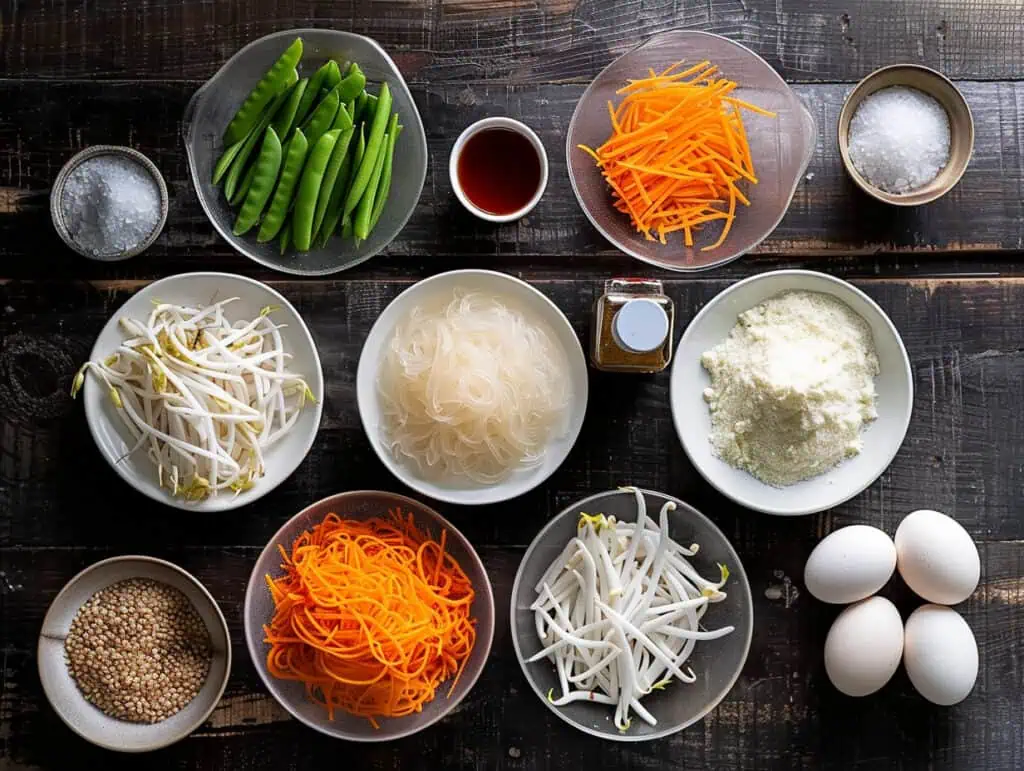
- 500g Sotanghon/Glass noodles
- 3 tablespoons canola oil
- 4 cloves garlic, finely chopped
- 1 onion, chopped
- 1 cup cooked protein of choice: Shredded chicken, Cubed lechon kawali, or Peeled shrimp
- ¼ cup soy sauce
- 2 cups chicken broth
- 2 tablespoons atsuete oil
- Black pepper powder, to taste
- ¼ cabbage, shredded
- 1 small carrot, julienned
- 1 cup Baguio beans, sliced diagonally
- Fish sauce, to taste
Equipment
- Large wok or deep skillet: Provides even heat distribution and makes tossing ingredients easier
- Large bowl: For soaking the noodles properly
- Sharp knife and cutting board: Ensures precise vegetable cuts for even cooking
- Measuring cups and spoons: For accurate ingredient portioning
- Colander: To properly drain the soaked noodles
- Small pan: For making the atsuete oil
- Wooden spoon or spatula: For gentle stir-frying without breaking the noodles
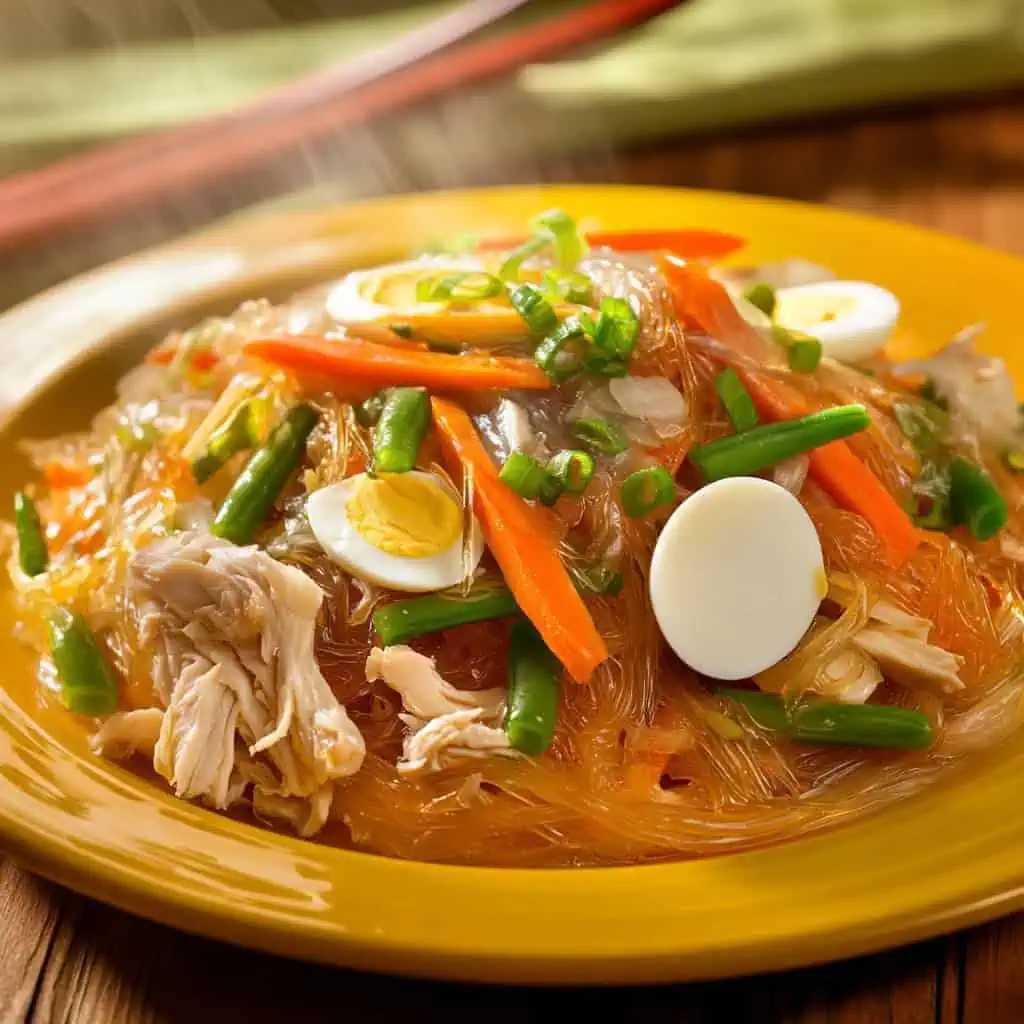
How To Make
- Begin by soaking 500g of sotanghon noodles in warm water for 15-20 minutes until they become pliable. While waiting, make your atsuete oil by heating oil in a small pan over medium-low heat (150°F/65°C), adding atsuete seeds, and stirring until the oil turns red, about 2-3 minutes. Strain the seeds out and set the oil aside.
- Heat 3 tablespoons of canola oil in a large wok or deep skillet over medium heat (350°F/175°C). Add 4 cloves of finely chopped garlic and sauté for 30 seconds until fragrant but not brown. Add one chopped onion and cook until translucent, about 2-3 minutes.
- Add your choice of protein (1 cup of shredded chicken, cubed pork, or peeled shrimp) and stir-fry for 4 minutes over medium-high heat (375°F/190°C). Pour in ¼ cup soy sauce and stir to combine.
- Add 2 cups of chicken broth and bring to a boil. Stir in 2 tablespoons of your prepared atsuete oil and black pepper to taste. Reduce heat to low and simmer for 3 minutes.
- Drain your soaked noodles completely. Add them to the wok and gently toss with the sauce. Add your vegetables: ¼ cabbage (shredded), 1 small julienned carrot, and 1 cup diagonally sliced Baguio beans. Cook over medium-low heat (300°F/150°C), stirring gently until the noodles are tender but still firm and the vegetables are crisp-tender. Season with fish sauce to taste.
- Let the dish rest for 5 minutes before serving. Top with your choice of garnishes: sliced boiled eggs, chopped spring onions, fried fish balls, kikiam, or lumpiang shanghai. Serve with calamansi halves for squeezing over the noodles.

Tips from Lola's Kitchen
- Noodle preparation: Always soak noodles in warm (not hot) water to prevent them from becoming mushy
- Even cooking: Cut all vegetables the same size for consistent cooking
- Prevent sticking: Keep stirring the noodles gently throughout cooking
- Strategic adding: Add vegetables in order of cooking time with harder vegetables first
- Extra flavor: Reserve some atsuete oil for a final drizzle before serving
- Flavor development: Let the dish rest for 5 minutes before serving to allow flavors to meld
- Authentic touch: Serve on banana leaves for traditional presentation
Substitutions
- Protein: Use firm tofu cut into cubes for a vegetarian version
- Soy sauce: Substitute with liquid aminos for a gluten-free option
- Atsuete oil: If unavailable, use paprika-infused oil for similar color and flavor
- Baguio beans: Snow peas or regular green beans work well as alternatives
- Chicken broth: Replace with vegetable broth for vegetarian cooking
- Noodles: While authentic sotanghon is ideal, thin rice noodles can work in a pinch
Troubleshooting
- Noodles too soft?
- Reduce soaking time in future preparations
- Add vegetables earlier to absorb excess liquid
- Increase heat slightly to evaporate more moisture
- Noodles too dry?
- Add chicken broth gradually while stirring
- Cover and steam briefly to soften without making them soggy
- Add a bit more atsuete oil for moisture and flavor
- Uneven cooking?
- Ensure all ingredients are cut uniformly
- Use a larger wok or cook in batches if needed
- Maintain consistent heat throughout cooking
Storage & Reheating
- Refrigerator storage: Keep in an airtight container for 3-4 days
- Freezing: Not recommended as noodles will change texture
- Stovetop reheating: Add a splash of broth or water and heat on medium, stirring gently
- Microwave reheating: Cover with a damp paper towel to prevent drying out
- Best practice: Avoid reheating more than once for food safety and quality
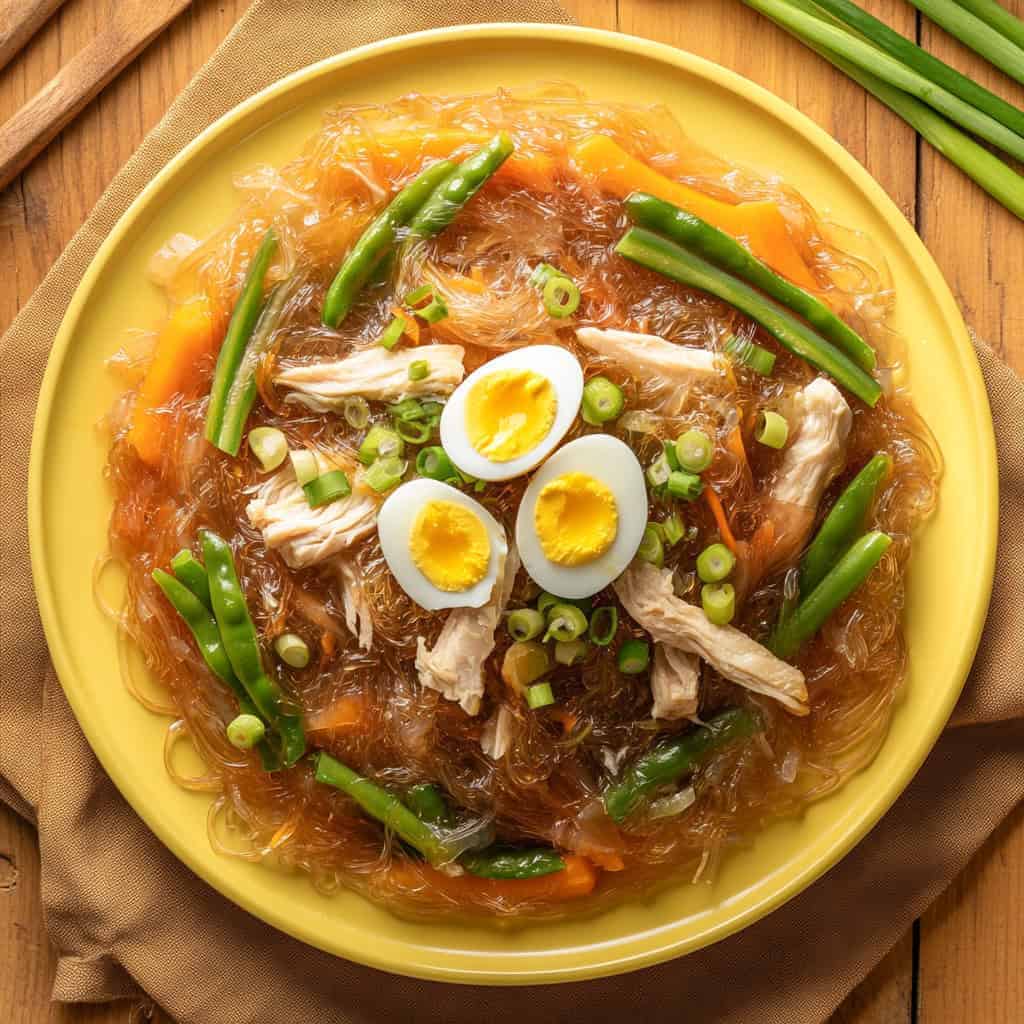
FAQ
Why are my noodles breaking apart?
Oversoaking or overcooking can cause this. Soak just until pliable and avoid excessive stirring.
Can I make this dish ahead of time?
Yes, but for best results, add fresh vegetables just before serving or slightly undercook them initially.
How do I prevent the noodles from clumping?
Stir frequently while cooking and ensure you've added enough oil. Don't overcrowd your pan.
Is this dish gluten-free?
Not traditionally, but it can be made gluten-free by substituting soy sauce with tamari or liquid aminos.
Can I use other types of noodles?
While possible, sotanghon gives the authentic texture and appearance that makes this dish special.
What's the best protein to use?
Traditionally chicken or pork is used, but shrimp adds wonderful flavor. Use what you prefer!
How spicy is this dish?
It's not typically spicy, but you can add bird's eye chilies or chili sauce to create a spicy version.
Related
Looking for other recipes like this? Try these:
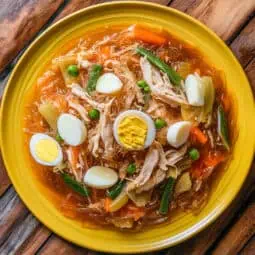
Sotanghon Guisado (Filipino Glass Noodle Stir-Fry)
Equipment
- Large wok or deep skillet (for even heat distribution and easy tossing)
- Large bowl (for soaking noodles)
- Sharp knife and cutting board (for precise vegetable cuts)
- Measuring cups and spoons (for accurate portioning)
- Colander (for draining noodles)
- Small pan (for making atsuete oil)
- Wooden spoon or spatula (for stir-frying)
Ingredients
- 500 g Sotanghon/Glass noodles sotanghon
- 3 tablespoon canola oil
- 4 cloves garlic finely chopped (bawang, tinadtad)
- 1 onion chopped (sibuyas, hiniwa)
- 1 cup cooked protein of choice: Shredded chicken piniraso na manok, Cubed lechon kawali (karne ng baboy) or Peeled shrimp (hipon)
- ¼ cup soy sauce toyo
- 2 cups chicken broth sabaw ng manok
- 2 tablespoons atsuete oil langis ng atsuete
- Black pepper powder paminta
- ¼ cabbage shredded (repolyo, hiniwa)
- 1 small carrot julienned (karot, pinihiwa ng pahaba)
- 1 cup Baguio beans sliced diagonally (habitchuelas, pinihiwa ng pahilis)
- Fish sauce to taste patis
Instructions
- Begin by soaking 500g of sotanghon noodles in warm water for 15-20 minutes until they become pliable. While waiting, make your atsuete oil by heating oil in a small pan over medium-low heat (150°F/65°C), adding atsuete seeds, and stirring until the oil turns red, about 2-3 minutes. Strain the seeds out and set the oil aside.
- Heat 3 tablespoons of canola oil in a large wok or deep skillet over medium heat (350°F/175°C). Add 4 cloves of finely chopped garlic and sauté for 30 seconds until fragrant but not brown. Add one chopped onion and cook until translucent, about 2-3 minutes.
- Add your choice of protein (1 cup of shredded chicken, cubed pork, or peeled shrimp) and stir-fry for 4 minutes over medium-high heat (375°F/190°C). Pour in ¼ cup soy sauce and stir to combine.
- Add 2 cups of chicken broth and bring to a boil. Stir in 2 tablespoons of your prepared atsuete oil and black pepper to taste. Reduce heat to low and simmer for 3 minutes.
- Drain your soaked noodles completely. Add them to the wok and gently toss with the sauce. Add your vegetables: ¼ cabbage (shredded), 1 small julienned carrot, and 1 cup diagonally sliced Baguio beans. Cook over medium-low heat (300°F/150°C), stirring gently until the noodles are tender but still firm and the vegetables are crisp-tender. Season with fish sauce (patis) to taste.
- Let the dish rest for 5 minutes before serving. Top with your choice of garnishes: sliced boiled eggs, chopped spring onions, fried fish balls, kikiam, or lumpiang shanghai. Serve with calamansi halves for squeezing over the noodles.
Tips from Lola's Kitchen
- Always soak noodles in warm (not hot) water to prevent them from becoming mushy
- Cut all vegetables the same size for even cooking
- Keep stirring the noodles gently to prevent sticking
- Add vegetables in order of cooking time: harder vegetables first
- Reserve some atsuete oil for a final drizzle before serving
- Let the dish rest for 5 minutes before serving to allow flavors to meld
Nutrition
The Story Behind Sotanghon Guisado
Like many beloved Filipino dishes, Sotanghon Guisado tells a story of cultural fusion that happened in our local kitchens. This noodle dish, which has become a staple at Filipino celebrations and family gatherings, traces its roots to Chinese immigrants who brought their glass noodle recipes to Philippine shores centuries ago.
The star of the dish, sotanghon (glass noodles), was originally from China where it was made from mung bean starch. When Chinese traders settled in the Philippines, they brought these unique transparent noodles with them. Filipinos fell in love with these noodles' delicate texture and ability to soak up flavors, eventually making them their own by adding local ingredients and cooking techniques.
What makes our Filipino version special is the addition of atsuete (annatto seeds) oil, which gives the dish its distinctive orange-red color – a practice not found in its Chinese origins. We also adapted it to include more vegetables and local seasonings like patis (fish sauce), transforming the original recipe into something uniquely Filipino.
The word "guisado" itself, meaning "sautéed" or "stir-fried," shows how we've adapted the cooking method to suit Filipino tastes. While Chinese versions might be more soup-based, our guisado style creates a drier, more flavorful dish that's perfect for fiestas and potlucks.
Today, Sotanghon Guisado is more than just a noodle dish – it's a symbol of good fortune in Filipino culture. The long, transparent noodles are said to represent long life, which is why it's always present during birthdays and New Year celebrations. From simple family dinners to grand celebrations, this humble dish has earned its place as one of the most popular pancit variations in Filipino cuisine.
Whether you're making it for a special occasion or a weekday dinner, each plate of Sotanghon Guisado carries with it centuries of Filipino-Chinese heritage, family traditions, and the warm, welcoming spirit of Filipino hospitality.
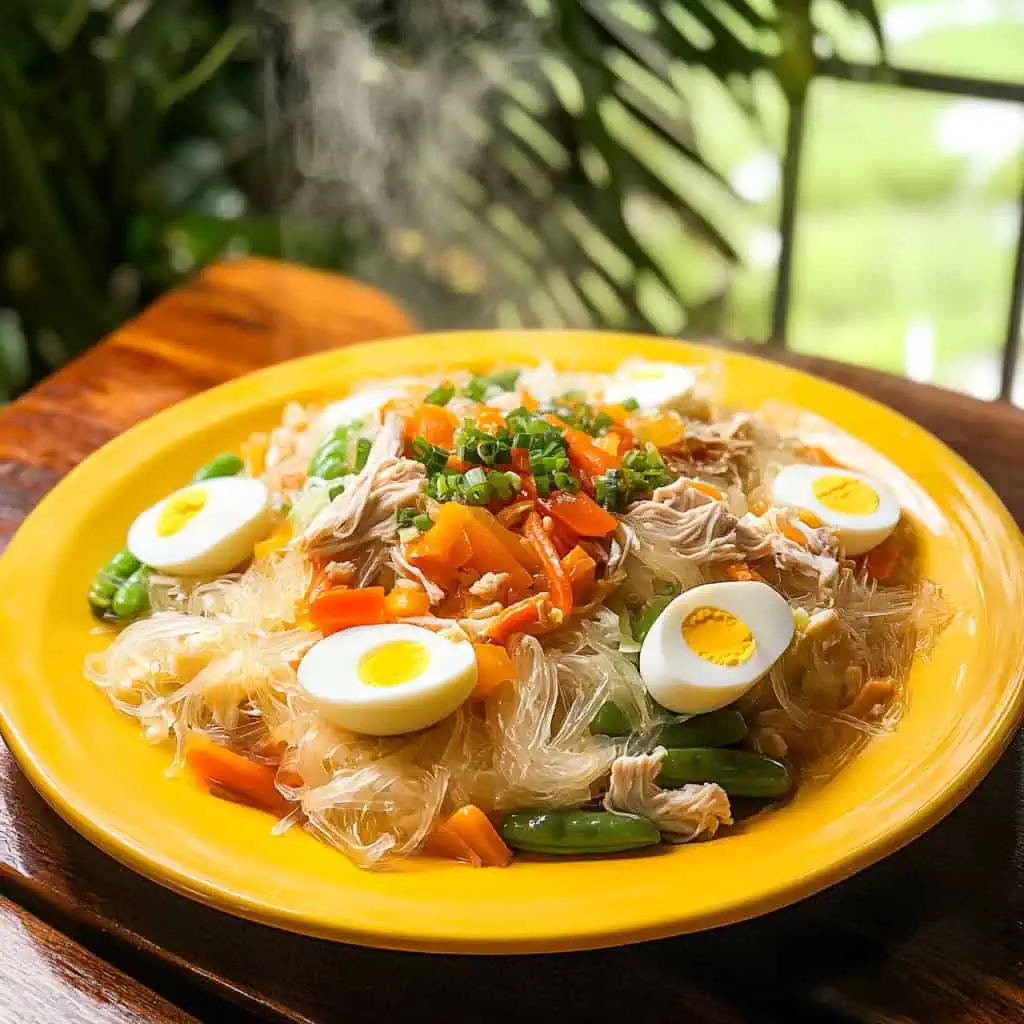

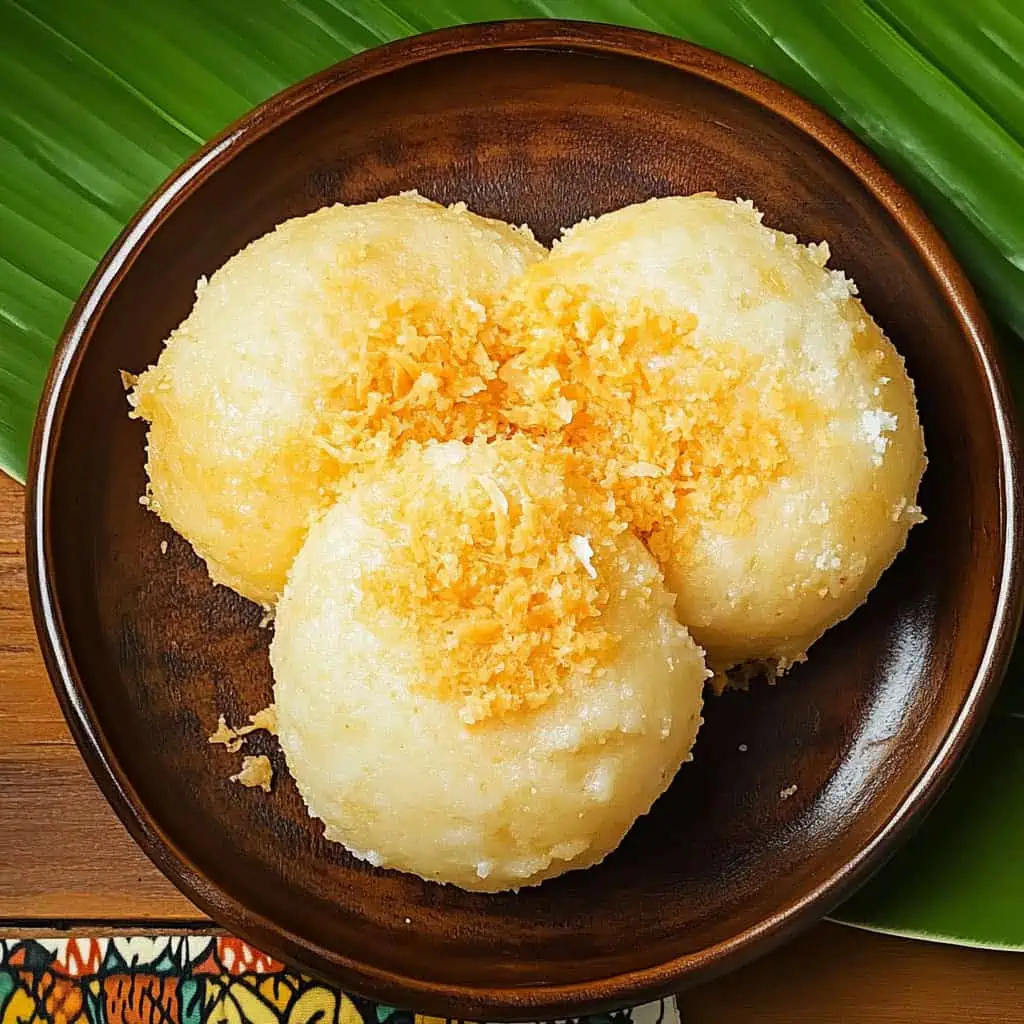
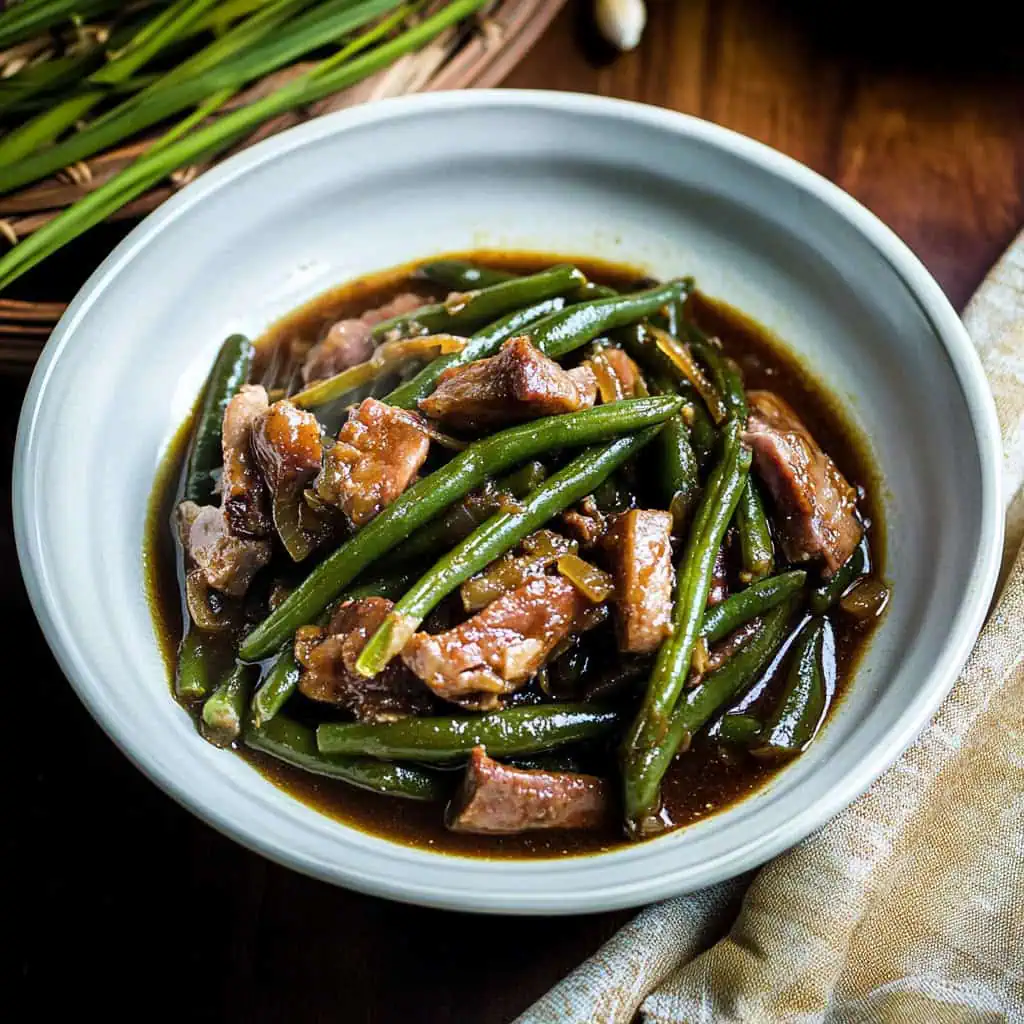

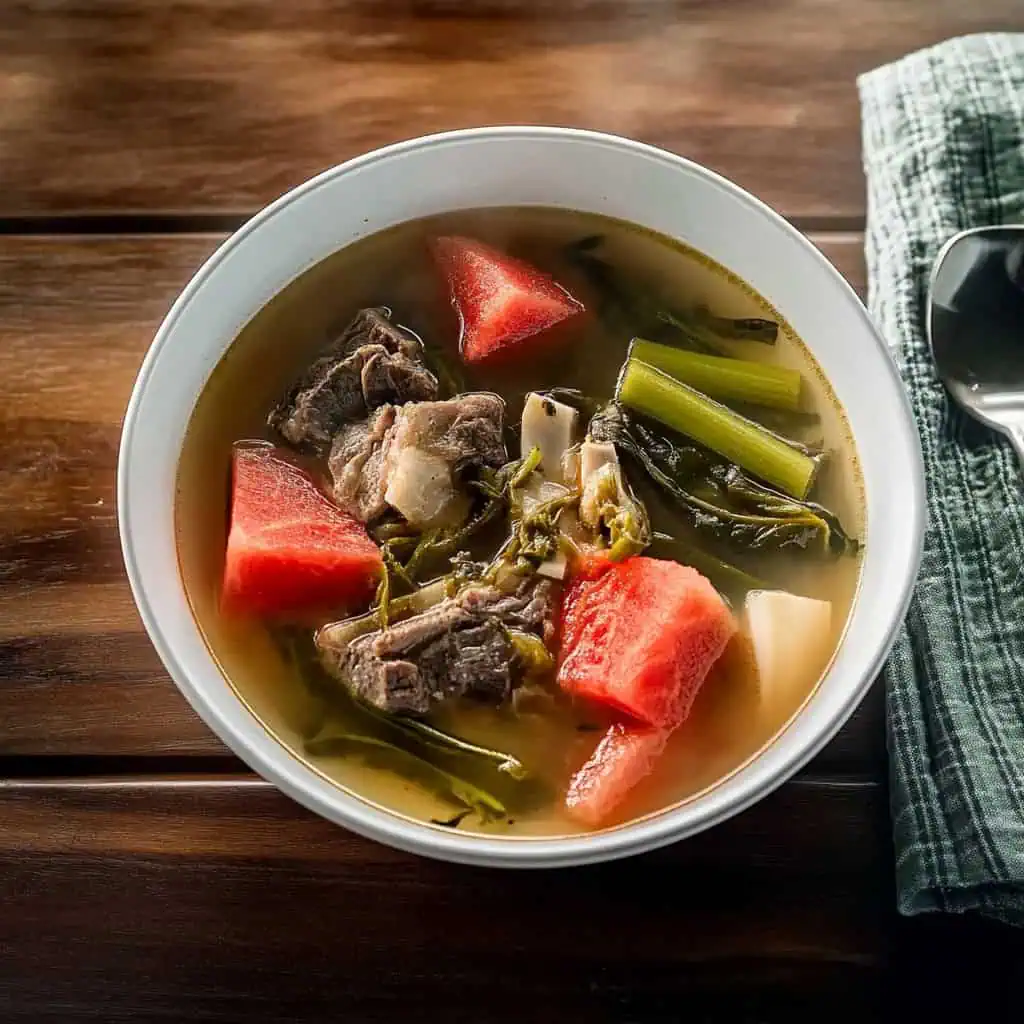
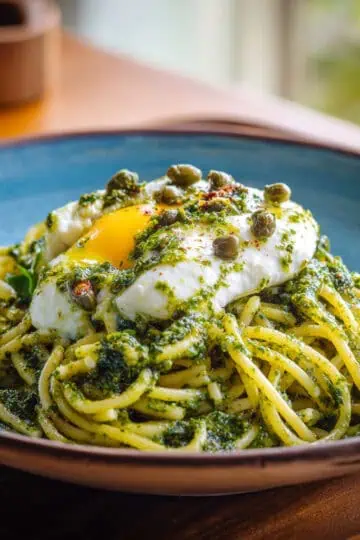
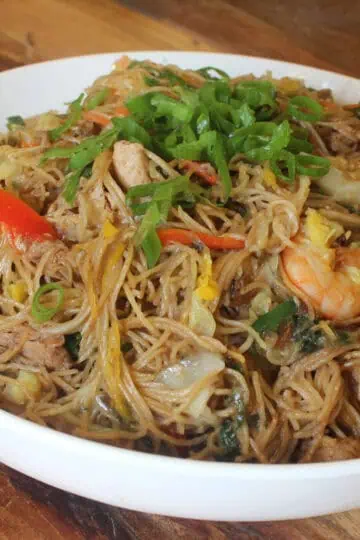
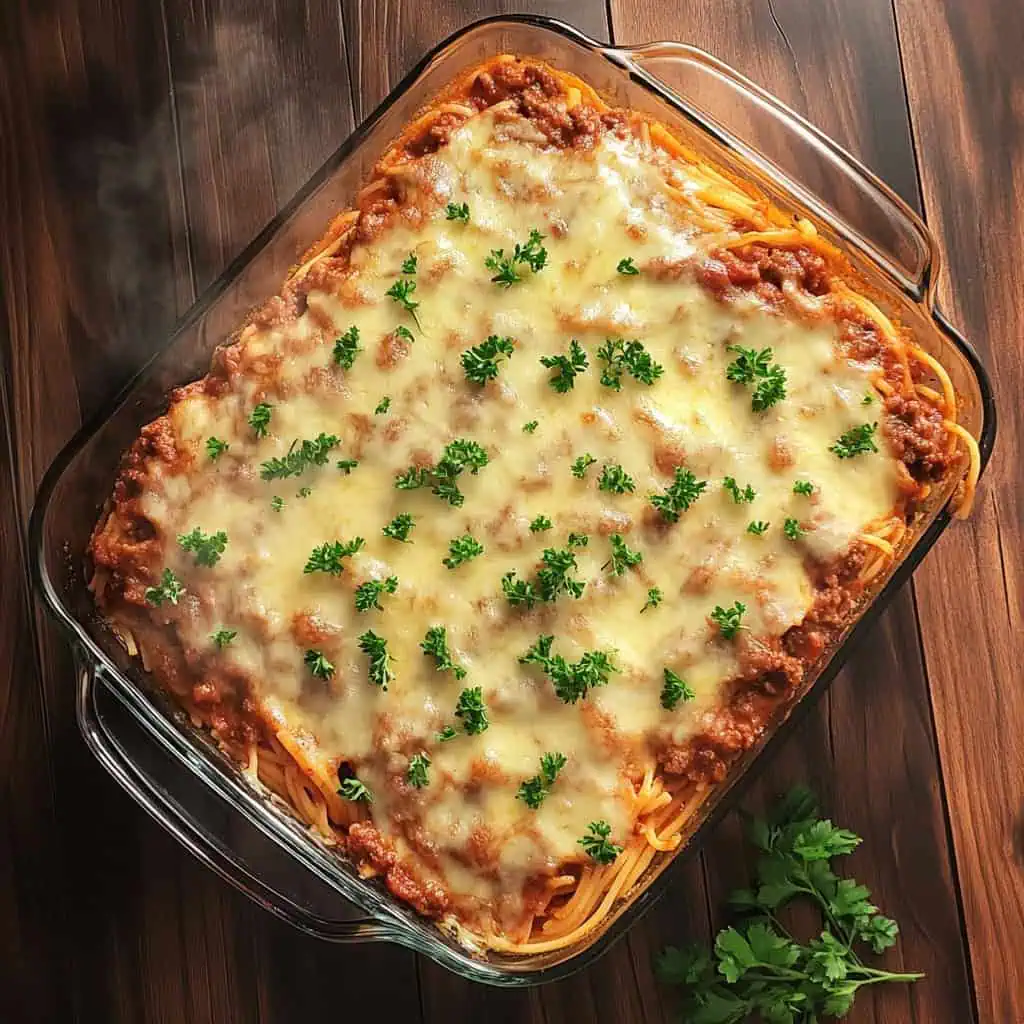
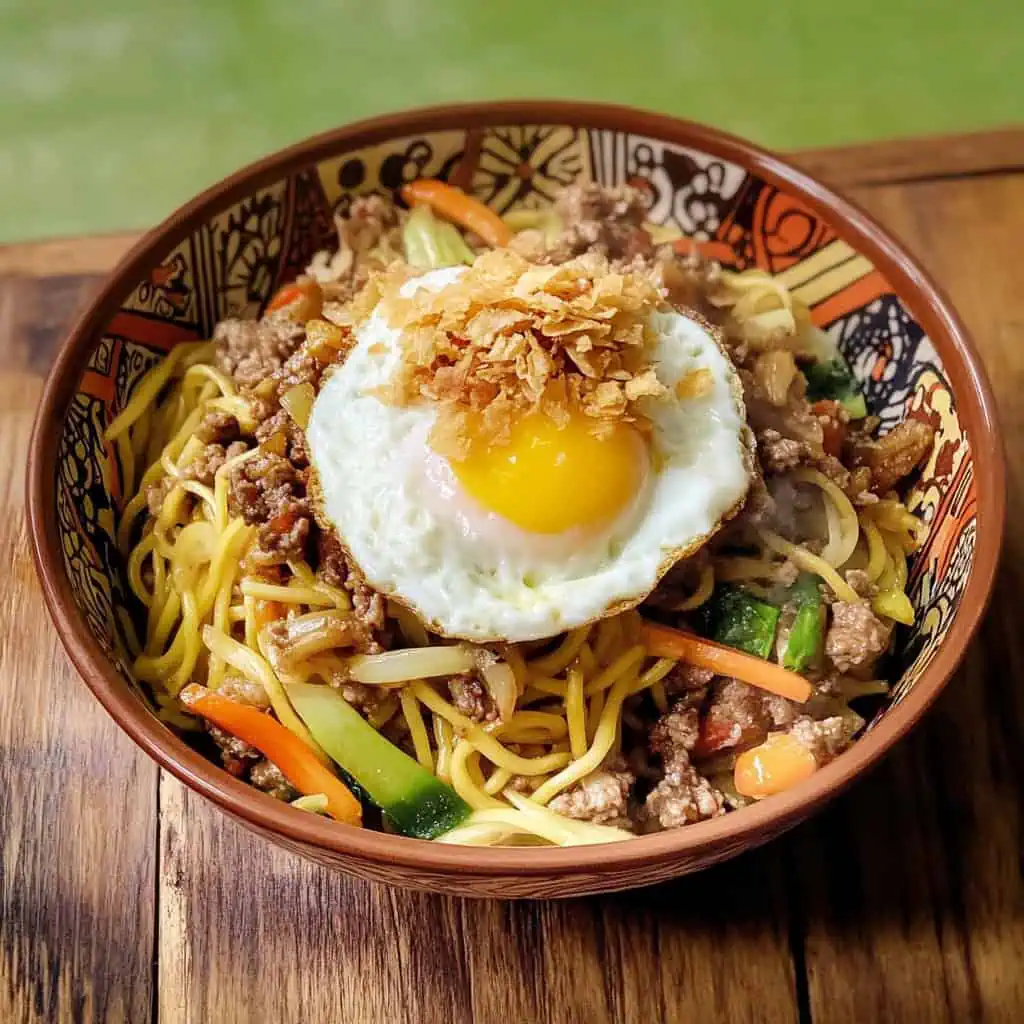
Comments
No Comments